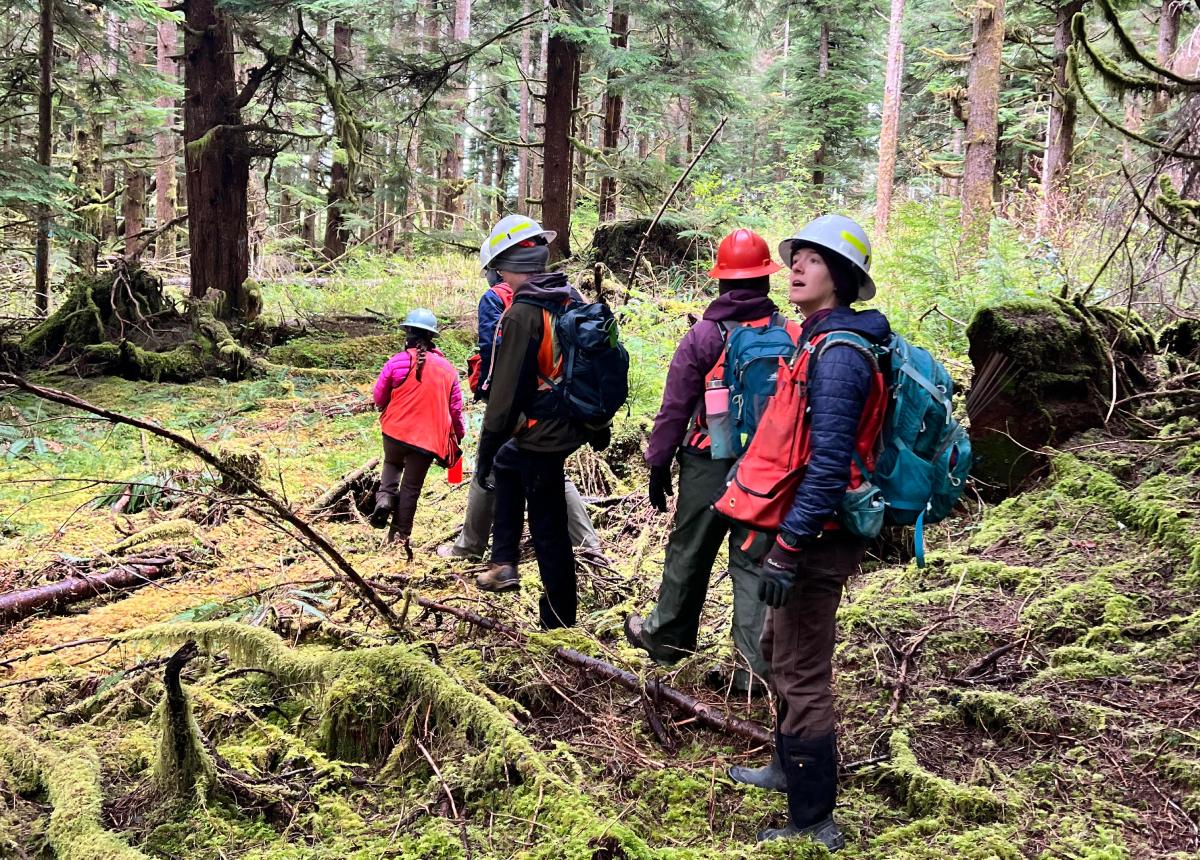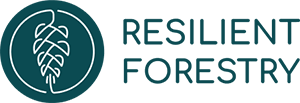Just What The Doctor Ordered…
Fri, August 05, 2022

When you hear the word “prescription”, what does it make you think of…Swinging by the drug store to pick up medicine? Going to the doctor because you don’t feel good? What about forests? Not many people know this, but prescription writing is an important management tool that foresters use to make sure we keep our forests healthy, productive, and thriving. It is where rubber meets the road, and science becomes action.
This spring I had the privilege of working on a prescription for a 550-acre timber sale called Boomerang in the Olympic National Forest. The prescription I would write would not only tell forest managers what trees to cut, but also how many, where to cut them, and what the stand should look like after the harvest. This guide creates a roadmap for forest managers and loggers to use when harvesting timber that allows for resources to be gathered without depleting or destroying our natural resources.
Like most of Washington’s forests, the Boomerang area had been clearcut in the ’50-’70s and replanted with a monocrop of Douglas-fir. There were a few other species that naturally regenerated but it was not as diverse of a forest as it would have been. Forest diversity is important because it allows forests to remain resilient and productive even when faced with harsh conditions such as insects, disease, fire, etc. If only one species of tree is present and it gets wiped out by an insect, there are no other species there to take up the “slack”.
To write my prescription it was important to first understand the composition of the Boomerang forests. The team established plots throughout the entire stand which collected data on the trees, plant species, and dead woody material over the entire area. By gathering this information, I was able to see what needed improvement in the forest. Were there too many trees competing for resources? Was there enough species diversity and could it be increased? All of this is taken into consideration when developing and implementing a harvesting plan.
This experience reminded me why I love forestry so much. As times change and science progresses, we can implement that into real-life action in the forests all around us. Many people may look at forests and think that they take care of themselves, but like us, they too experience sickness, injuries, and disease. So next time you’re walking around in the Olympic National Forest or any managed forest for that matter, I hope that you remember that someone out there is taking care of that forest and making sure it stays healthy, diverse, and beautiful.

